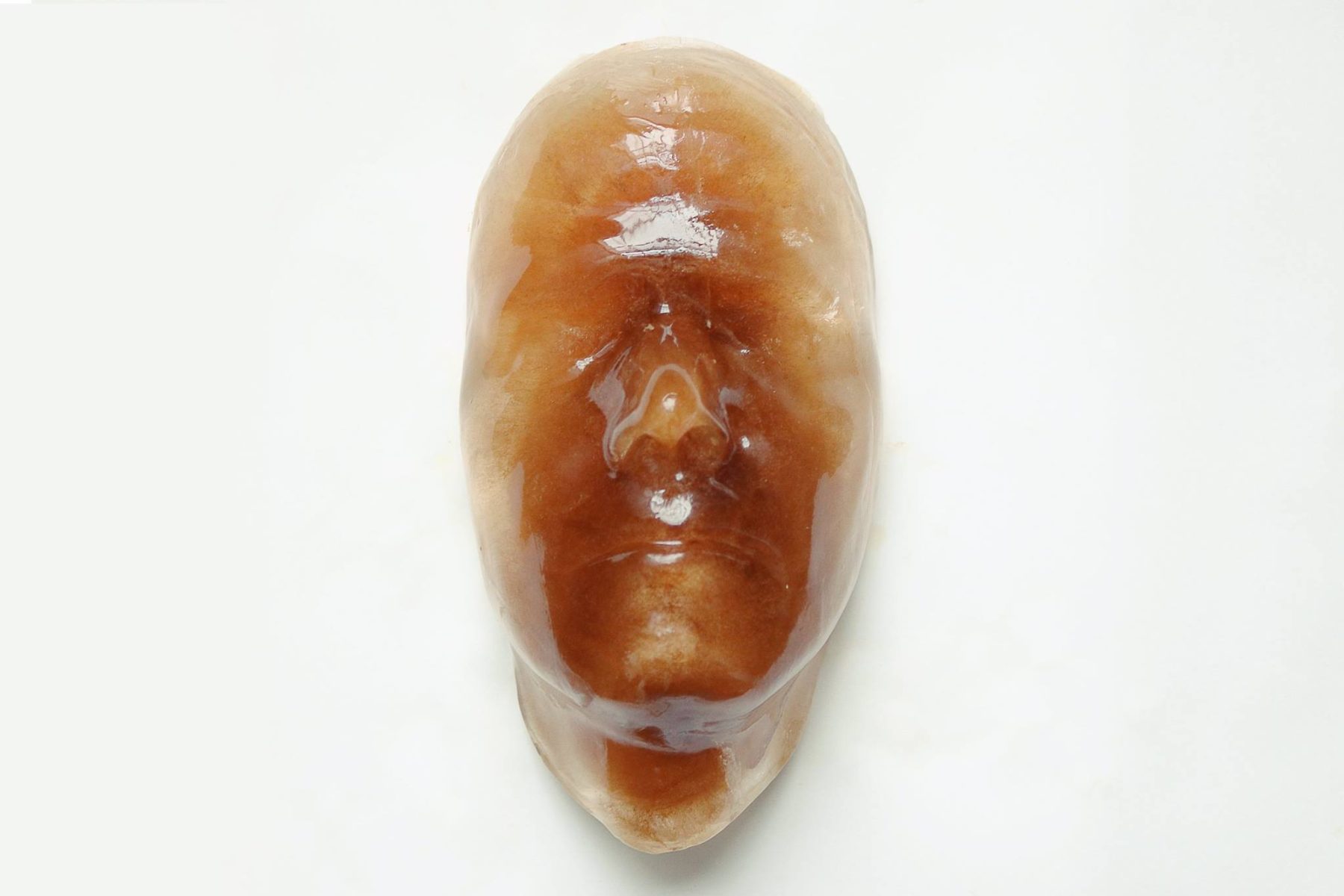
Often the afternoon tea reminds me of my mum and our chat about her favourite books and poetry. That memory makes me smile.
Chinese tea varieties were first introduced into India by the British to break the Chinese monopoly on tea. During 1806-1858 East India Company launched a tea industry by offering land in Assam to any European who agreed to cultivate tea for export using Chinese seeds, plus Chinese planting and developing techniques. Tea was initially only consumed by Anglicized Indians, and it was not until the 1920s that tea grew widely prevalent in India through a successful advertising campaign by the Tea Board.
The Irish tea culture dates back to the 1800s. Imported from English merchants and then spread to the lower classes through the century. Poor quality teas often led it to be brewed very strongly; thus, many could only drink them by adding a lot of milk. A tradition continues today, with Irish citizens sometimes filling the cup up nearly 1/3rd of the way with milk. Recent studies show that people in Ireland drink more tea per capita than in the UK, with an average of four cups per person, per day.
Before World War II, Ireland imported most of its tea from England. However, after the war, the country diversified its taste, including Indian, Sri Lankan and even Kenyan blends acquired through more significant trade as the state developed. Traditional “Irish breakfast teas” still exist and are often just strongly brewed.